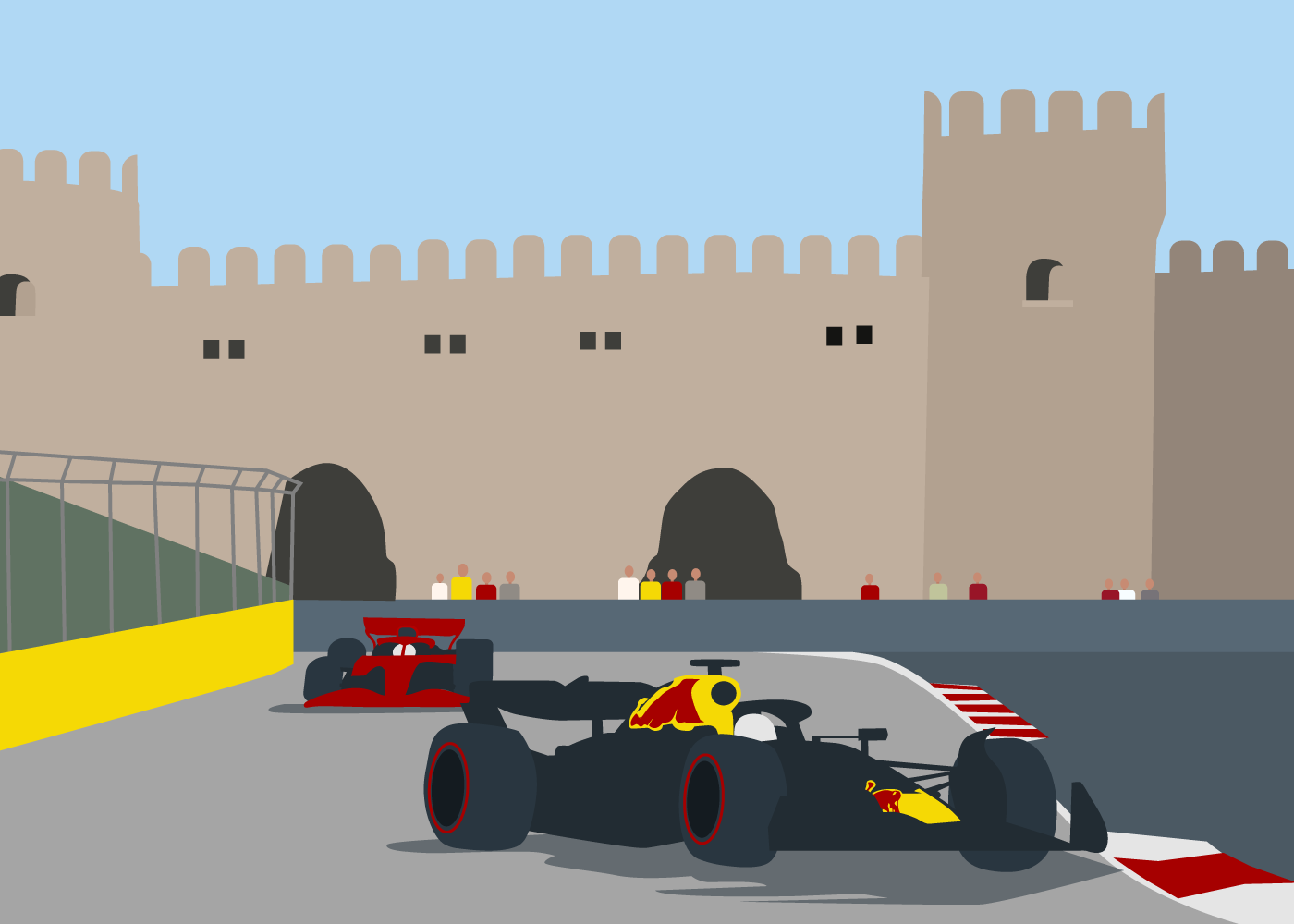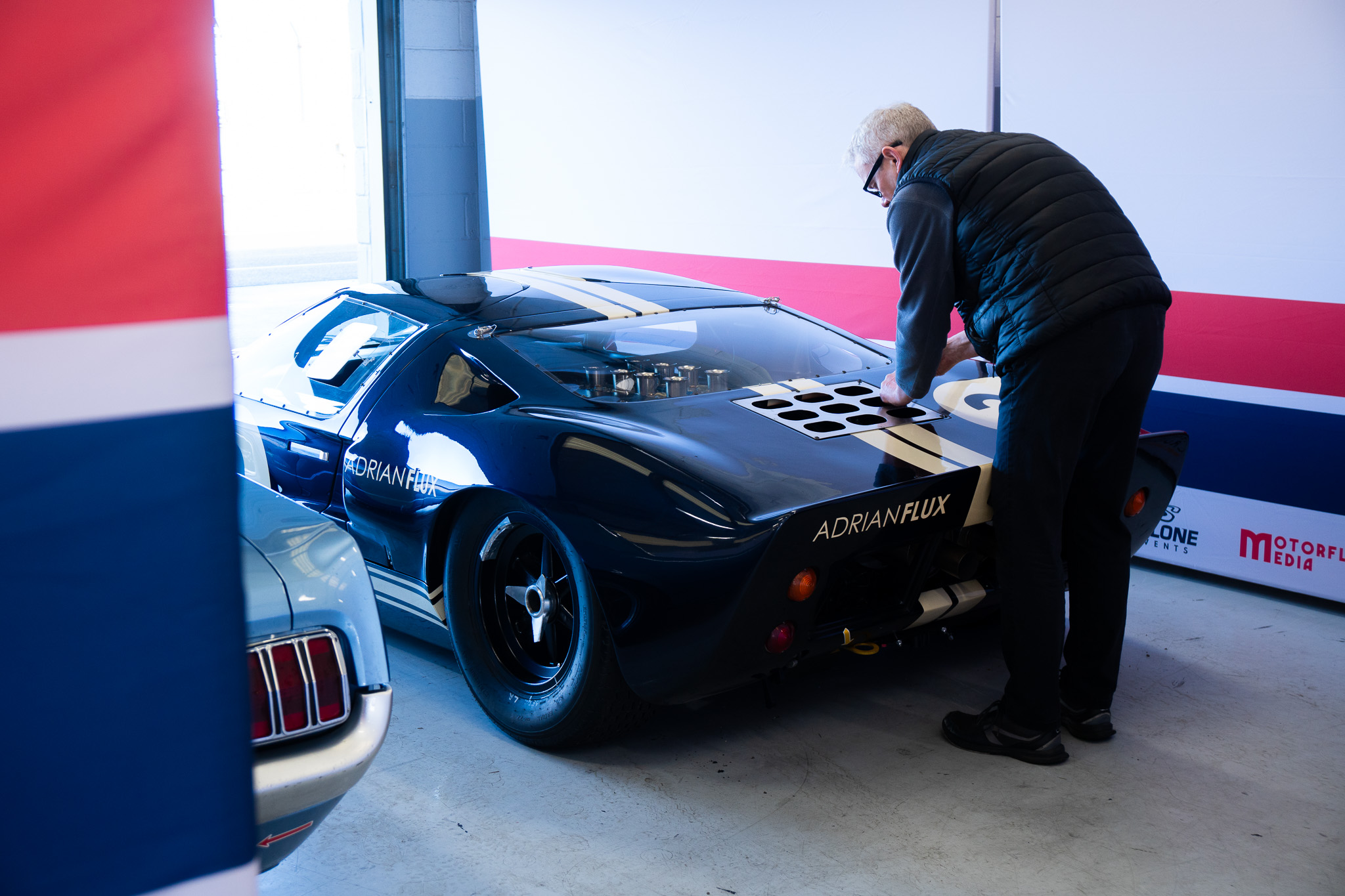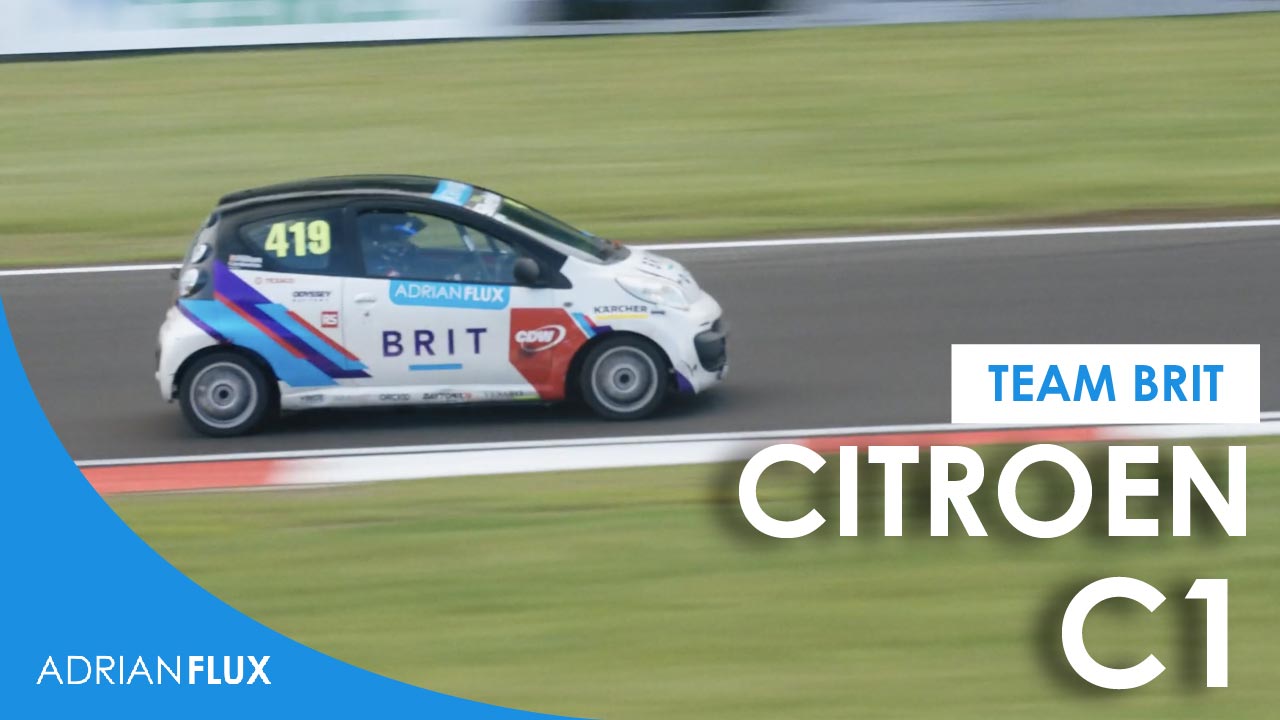After the four-week mini break, it was good to be back in front of the Tech Pad for Baku, finding myself amazed that 20 of the world’s best drivers doing 200mph plus between concrete walls were less exciting than they should have been, but that was the case.
As per previous weekends, the Bulls quickly had the ponies. So much so, even a frankly incorrect gamble with Max Verstappen’s single race pit stop under Nyck De Vries’ safety car, putting Sergio Perez into a clear lead, didn’t result in them bleeding the 1-2.
There was hope for Ferrari in qualifying; It appeared to come from a confluence between excellent race engineering to find a precise balance for a razor-sharp front end to the red cars, and a magic middle sector from Charles Leclerc, who routinely took 5/6kph out of the whole field through turns 11 and 12.
The Mercedes, strong in the braking zones, needed more top-line speed, and the Aston Martins missed a little everywhere.
Anybody passionate enough about the sport to persevere with the entire Grand Prix distance knows what happened, so I’ll cut to the chase with two ideas to make things better.
Ditch the ‘hard hedge’ at street circuits
The softest three compounds were brought to Baku, as was an intelligent decision by the tyre manufacturer Pirelli. The track surface and layout are conducive to a ‘low tyre energy’, meaning building temperature and grip is more challenging than managing tyre wear at that venue.
To a seasoned racer however, it is always clear that, even with the sprint format, the softer two tyres seem to be those the manufacturer would like to bring. The hardest, realistically, a ‘backstop’, especially at street circuits.
Why? Because In January, when Pirelli are logistically planning their tyre delivery, there is simply no way to predict if the weather will be somehow unseasonably hot, or if the resurfacing, which Baku enjoyed, will suddenly change the tarmac or layout of the street venues to that of extreme abrasion and challenge the tyre far more than expected.
This ‘hard hedge’ is fair enough. Nobody wants Indianapolis 2005, and in a one-supplier formula, Pirelli will always win if the cars are a second up to the road or down it.
The problem is a perfect storm -the circuit rubbers in by race day. Therefore, the energy through the tyres increases with higher speed and load, bringing the hard tyre into its performance window.
The opportunity to overtake… could be higher. Tight pit lanes are ever more plumbed into cityscapes alongside faster front straights, making for more extended pit lane losses.
The result, of course, is evident. The long boring one-stopper, a pitch of salty action sprinkled like Salt Bae over a slightly undercooked rump of line-astern stalemate. Teams rely on the friendly hard tyre to take the cars to the end.
What is to stop the rules enforcing all three compounds run by all cars in a dry-free practice or, in any event, on Friday?
Then ban the hard for the street races, if all is well and fully tested with the softer compounds during these sessions. Supplying an extra set of softs in their stead deletes the option for a one-stopper, challenges the teams and drivers and enforces a strategically interesting multi-stop race.
We reintroduce the dramatic differences in pace with wearing tyres, which brings the DRS zones back to life, and suddenly, you have action.
DRS Homework
Of course, the ability of cars to race harder when wheel-to-wheel in stalemate conditions would cure a one-stopper from an action perspective, and it can happen.
I sat in F1HQ pre-race, trying to predict Red Bull’s advantage over their rivals in the DRS zones.
They have found something allowing DRS to function more effectively than others, evident in data available for all cars. My A-level physics asserts only an elementary grasp of mechanics, but given the cars’ speed, distance, time taken and length of the vehicles; an idea of when the blue one might pull ahead of the red one is possible even for me.
Throughout the year, the DRS zones are being tweaked at various circuits to reflect the excellent and complex aerodynamic work of a small team pioneering new regulations to make cars able to follow each other closely and thus race more intensely.
They computationally modelled the cars and the air to determine the exact airflows and massaged them to the pathways which would exact their aims.
What in Baku, was the DRS change to reflect this mastery? A round 100m reduction in one zone.
Now I’m not saying that 100m is not precisely the reduction required, but come on, team, this is Formula 1. Yes, cars are ever-accelerating in changing wind conditions. Yes, the different systems yield different benefits and so on.
But if I can have a crack at when ‘that one might pass that one’ given an iPhone calculator and 10 minutes or so, then the brilliant minds in charge of such things for F1 can do so also.
DRS is an excellent system in F1, but it is a child that needs nurturing. Taking a session before we lock the zones and doing our homework on the drag benefits must yield better racing.
A calculation which brings two ‘average’ F1 cars side-by-side in the braking zone, with a controlled set of likely variables, seems to be entirely possible and needed for a weekend-by-weekend application. I think it would lead to better racing.
These items aside, I was, as always, blown away by the speed and spectacle of Baku. The sparks of the cars as they ground out, flat out through the turn 18/19 sweep, cures all gripes. It’s easy to overreact and forget how much we love to watch the cars go by!
I’ll be taking a break from the F2/3 commentary box and F1TV for some other projects and I’ll miss it, but I’ll be back for my home race at Silverstone. Enjoy your summer of motorsport!




